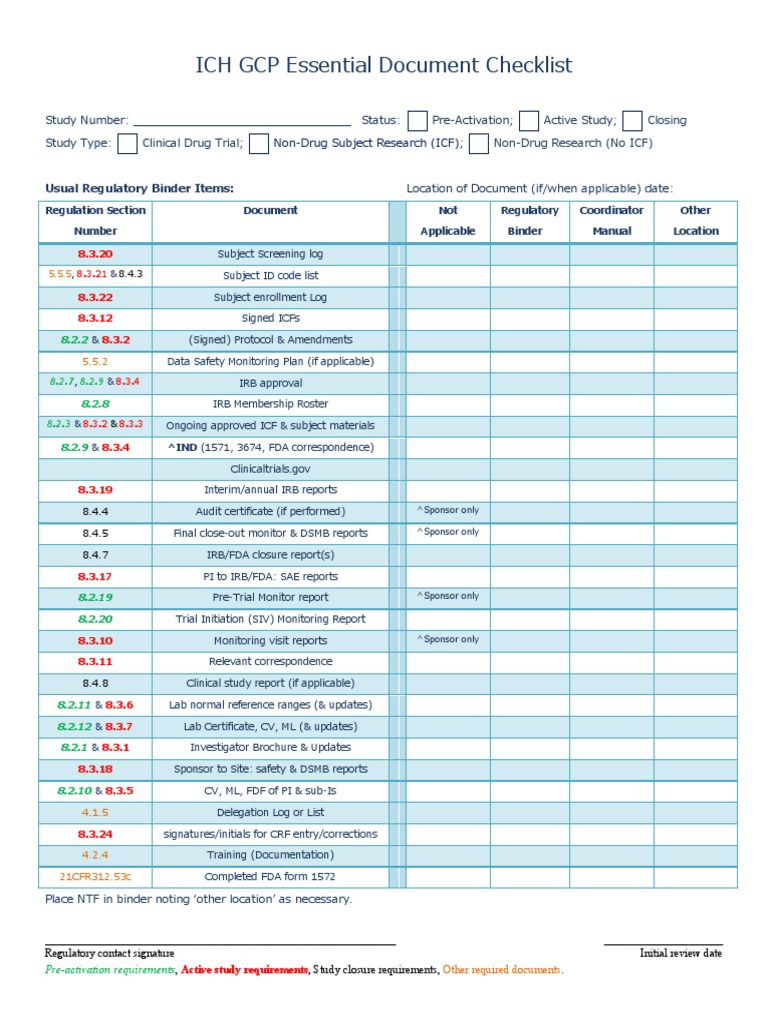Essential Paperwork for Your License: A Complete Guide

Getting a driver's license can be a rite of passage, opening up a world of freedom and independence. But the road to obtaining a license is paved with paperwork. In this comprehensive guide, we'll navigate through the essential documents you'll need, detailing each step of the process to ensure you're fully prepared for your journey behind the wheel.
Understanding the License Application Process

Before diving into the paperwork, let's outline the typical steps involved in the licensing process:
- Eligibility Check: Ensure you meet the age requirement, vision standards, and other prerequisites.
- Application Form: Fill out the official application for a driver's license.
- Proof of Identity and Residency: Provide documents to confirm who you are and where you live.
- Vision Test: Pass a vision screening to demonstrate you can drive safely.
- Knowledge and Skills Tests: Pass the written knowledge test and practical driving test.
- Fee Payment: Cover the cost associated with the license and related services.
Documents for Identity Verification

Identity verification is a critical step in obtaining your license. Here are the documents you'll typically need:
- Birth Certificate or Passport: Proof of your date of birth and legal identity.
- Social Security Card or Number: Most states require this, but some accept other documents like a W-2 or pay stub with your SSN.
- Current Photo ID: Such as a state-issued ID, a military ID, or a foreign passport with a valid visa.
- Secondary ID: In case your primary identity document doesn't list your full name or address, a secondary ID like a voter's card, utility bill, or bank statement may be required.
Proof of Residency

Your state DMV needs to know you live in the area to issue you a license. Common documents include:
- Utility bills
- Lease agreement
- Mortgage statement
- Voter registration card
- Bank statement
- Affidavit from a parent or guardian if you're living with them
🔍 Note: Documents for proof of residency must have your name and address on them and be recent, typically within the last 60 days.
Filling Out the Application

The application form is where you provide your personal details, including:
- Name and address
- Date of birth
- Social Security Number (if applicable)
- Details about any previous licenses
- Health information relevant to driving (e.g., whether you wear glasses or hearing aids)
The Vision Test

Most states require a vision test to ensure you have adequate vision to drive safely. You might need:
- Corrective lenses (if you need them to drive)
- A statement from an optometrist or ophthalmologist if you have vision issues beyond what standard testing can assess
Knowledge and Skills Tests

To demonstrate your readiness to drive:
- Knowledge Test: Covers driving laws, road signs, and basic safety rules.
- Skills Test: Usually involves a pre-trip inspection, a basic control test (maneuvering the vehicle), and an on-road test.
Fee Payment

License fees vary by state, but you'll typically need:
- Application fee
- License issuance fee
- Possible fees for written and driving tests
💡 Note: Some states offer fee waivers or reductions for certain groups like low-income individuals or students, so check for available programs.
| Document | Purpose | Notes |
|---|---|---|
| Birth Certificate | Proof of age and identity | Official, certified copy required |
| Passport | Proof of identity | Valid, current passport |
| SSN Card or Number | Identity verification | Physical card or another document with your SSN |
| Utility Bill | Proof of residency | Must show your current address |
| Vision Statement | Proof of adequate vision | May need if you have corrective lenses |

Remember that obtaining a license is more than just paperwork; it's about ensuring you're ready to drive safely. Each document serves a purpose, whether it's to verify your identity, confirm your residency, or ensure your vision meets the necessary standards.
As you gather these documents, keep them organized. You'll need to present them at the DMV, so having them neatly organized in a folder can streamline your application process. Also, make copies of everything as a backup, in case any documents get lost or need replacement.
In the end, getting a driver's license isn't just about the paperwork; it's about embracing the responsibility of driving. Remember to keep your emotions in check during the process, as patience and preparation can make it a much smoother experience. Whether it's your first license or a renewal, understanding the essential documents needed and preparing them in advance can save time, reduce stress, and ensure you're on the road as soon as possible.
What should I do if my birth certificate is lost?

+
Contact the vital records office of the state where you were born to request a new or certified copy of your birth certificate.
Can I use a foreign passport for identity verification?

+
Yes, a valid foreign passport can be used for identity verification, provided it’s accompanied by a valid visa or proof of legal status in the country.
What if I don’t have proof of residency?

+
In some cases, an affidavit from a parent or guardian stating you reside with them can serve as proof of residency. Otherwise, gather utility bills, lease agreements, or mail with your address.



